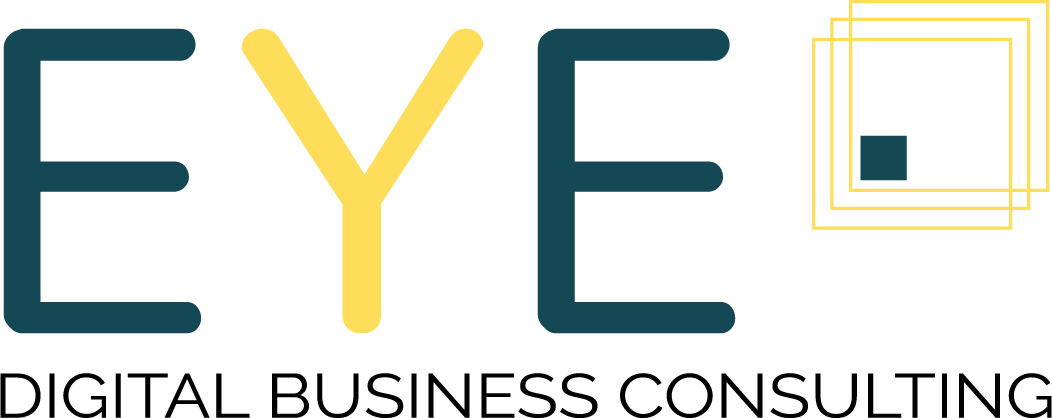Continuous Improvement: What If You Get Started?
Continuous improvement involves constantly reviewing and enhancing an organization's processes. This practice can be applied to a service, a product, or the overall operation of a business. It stems from the principles of Lean management, a method initiated by Toyota aimed at reducing errors, malfunctions, and resource wastage within an organization. Continuous improvement thus targets activities with low added value or non-qualitative aspects.
Adopting continuous improvement in an organization means:
Focusing on growth: Defining and implementing a strategy is not enough. It's essential to measure its effectiveness over time using tangible indicators and make adjustments as necessary.
Creating a culture of improvement: Embracing continuous improvement means being willing to restructure the organization. This entails being pedagogical and patient. We will explore in this article how to achieve this.
1/ PROCESS IMPROVEMENTS AT THE HEART OF THE BUSINESS
Let's first outline the three main principles of continuous improvement:
Management: This involves using tools and techniques to assess existing processes and determine an action plan for optimization.
Improvement: This entails analyzing, rationalizing, and improving a single process. Improvement cycles can be initiated whenever the need arises.
Reengineering: This involves recreating an existing process using new technology or methodology to optimize it.
It is the methodical articulation of these three principles that will allow you to implement continuous improvement and initiate the transformation process of your organization.
2/ TOOLS: FOCUS ON THE PDCA CYCLE
There are several tools to facilitate the application of continuous improvement in a business. Among the most well-known are Lean Management, the 5S method, and Kaizen and Six Sigma methodologies. Here, we will focus on the PDCA cycle, which stands for "Plan, Do, Check, Act" in English, also known as the "Deming Wheel," a simple method applicable to any project.
Step 1 — Plan: During this initial step, you will identify opportunities as they arise and develop an improvement plan. You can start by defining the problem, highlighting the opportunity, brainstorming ideas, and developing a plan. You should also specify the desired outcome.
Step 2 — Do: Once you have identified a potential solution, you need to implement the plan you have developed on a smaller scale. This allows you to test your solution and determine if your adjustments have achieved the desired results. This technique allows you to test your solution while minimizing disruptions.
Step 3 — Check: During this step, you will compare the results obtained to the expected results defined during the "Plan" stage, for example using a roadmap. If the desired result is not achieved, you will need to start over. If it works, you can move on to the fourth and final step of the cycle.
Step 4 — Act: All that's left is to implement your solution on a larger scale. However, keep in mind that the use of PDCA is unlimited. You will need to repeat the process whenever the opportunity arises.
The diagram below illustrates the concepts of recurring cycles (short term) and milestones to reach (medium to long term):
While the PDCA cycle allows you to continuously improve quality within your organization, adopting the entire process enables a qualitative and rapid leap, all in project mode, on the scale of your organization.
At EYE Consulting, we have integrated many continuous improvement processes into our daily operations. Among them:
The iterative process, which involves creating, refining, and improving a project, product, or initiative and encourages creating, testing, and revising until satisfaction. The iterative process can be considered a trial-and-error method that helps you move closer to your final goal.
Customer satisfaction measurement using dedicated surveys, systematically sent to our clients at the end of each mission. Based on the feedback we receive, we adjust our processes and methods with the ultimate goal of achieving excellence.
Feedback sessions, which involve debriefing after each action or project launched to continuously improve our performance.
Are you familiar with the OKR method? For you, we have also created a ready-to-use template and its user guide to help you better manage your business while involving your employees. Download them now.
3/ CONCLUSION
As you can see, continuous improvement offers many benefits. It increases efficiency, enhances competitiveness, boosts productivity, and therefore profits. All these factors can contribute to building a better experience and optimizing satisfaction from both your employees' and customers' perspectives. Internally, for example, continuous improvement will facilitate change management and the adoption of new methods and practices.
Organizations face numerous challenges. Therefore, it is essential to regularly question the processes in place to ensure satisfactory performance and positively influence the quality of work life for employees and customer satisfaction, both of which are becoming increasingly demanding and volatile. An organization that adopts continuous improvement will adapt more easily to the changes it faces. Integrating this management approach is, therefore, a way to be flexible and anticipate.
Key takeaways:
Share your vision!
Prioritize short, effective moments and make them rituals; for example, morning stand-ups with your teams.
Allocate time for your employees to find relevant and effective solutions to the issues raised.
Be receptive to your employees' and clients' feedback for greater efficiency.
The EYE Consulting team is committed to assisting you in taking the first step.
Are you familiar with the EMA test?
It's a tool we've specifically designed to guide ultramarine executives towards a better understanding of the challenges posed by digitalization. Through a quick and complimentary initial assessment, you can:
Analyze your processes and operating methods;
Assess your organization's growth potential;
Identify potential areas for improvement; and
Determine the actions necessary to ensure the success of your transformation.

